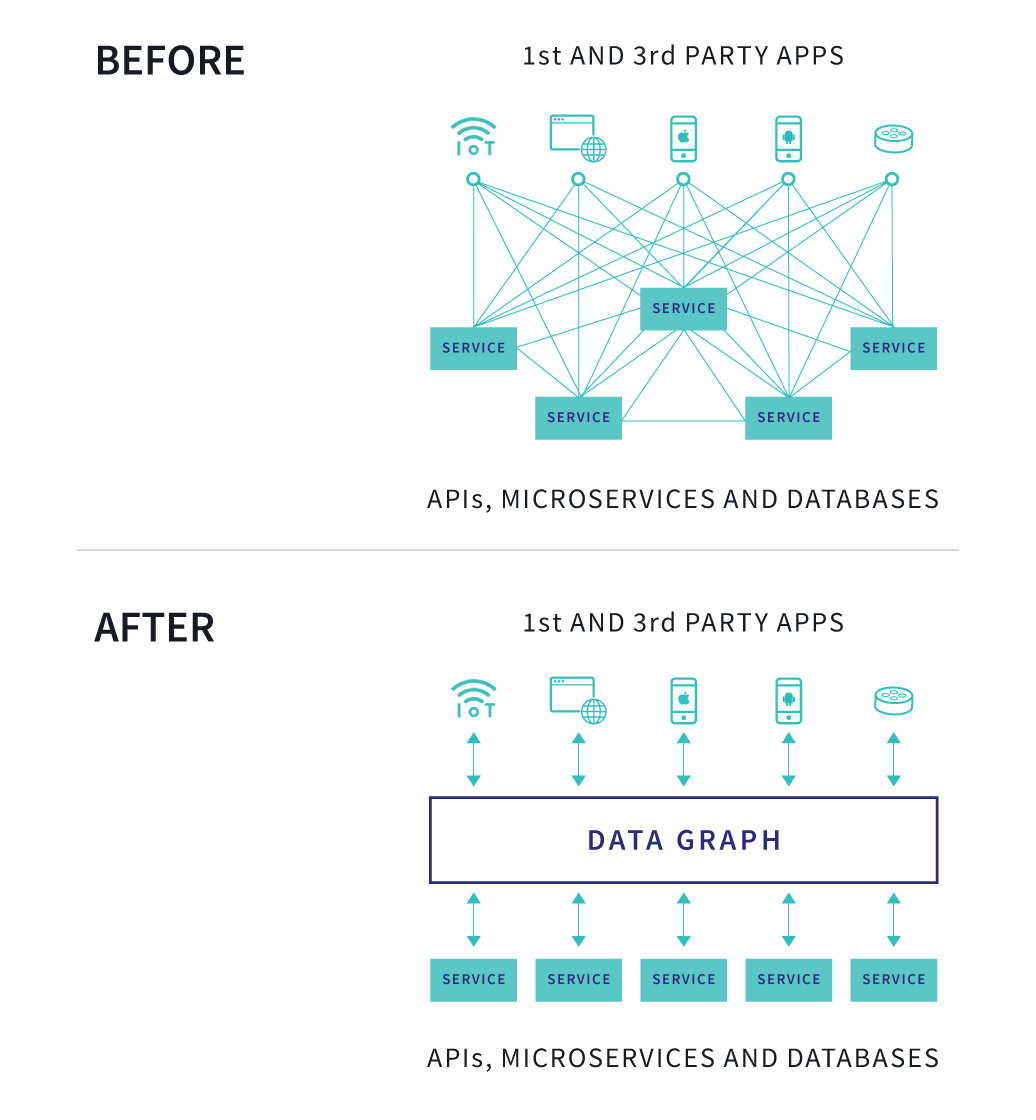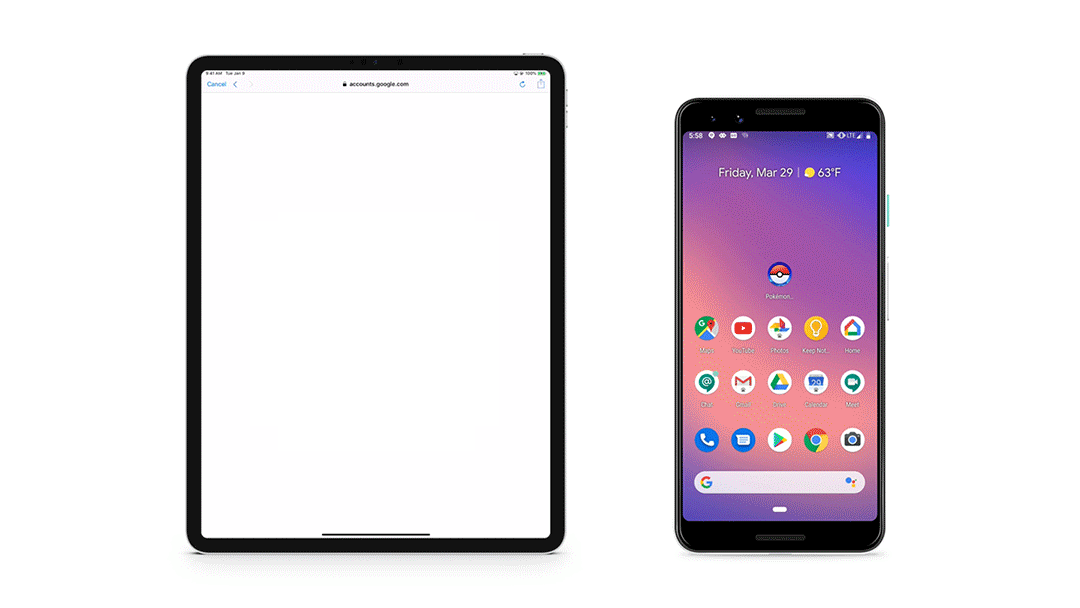If you’re wild about anything and everything related to mobility and transportation, you do not want to miss the TC Sessions: Mobility 2019 conference in San Jose, Calif. on July 10.
If you’re also wild about saving money, then synchronize your Apple watches — there are 48 hours left to score the early-bird price and save $100. That train leaves the station on Friday, June 14 at 11:59 p.m. (PT), so book your pass now.
More than 1,000 of the industries’ top technologists, founders, investors, engineers and researchers will be there to explore the current and future states of transformational technologies — flying taxis, delivery drones, dockless scooters, autonomous vehicles and more.
World-class speakers and TechCrunch editors will look at both the exciting benefits and the formidable challenges that will ultimately and profoundly affect billions of people around the world. Here’s a taste of what’s coming (you can also check out the full agenda):
- Bringing Ethics to Self-Driving Cars: Voyage’s Oliver Cameron and Uber’s Clark Haynes will discuss ethical decision-making in autonomous vehicles and detail how robot cars are designed to prioritize some objects over others.
- Will Venture Capital Drive the Future of Mobility? Michael Granoff (Maniv Mobility), Ted Serbinski (Techstars) and Sarah Smith (Bain Capital) will debate the uncertain future of mobility tech and whether VC dollars are enough to push the industry forward.
- Rebuilding the Motor City: Ken Washington, Ford’s CTO and vice president of research and advanced engineering, will discuss how the historic automaker is rapidly changing its culture and processes while it prepares for an electric future.
- The Last Mile: Challenges and Opportunities for Startups: Regina Clewlow, Populus founder and CEO, and Stonly Baptiste, Urban Us co-founder break down what it means to be a last-mile innovation business — the money needed to succeed, how data and technology will change the way people move from Point A to Point B and the hurdles that stand in the way.
TC Sessions: Mobility 2019 takes place on July 10, and you have only 48 hours left to get wild, be an early-bird and save $100. Get your ticket today.
Is your company interested in sponsoring or exhibiting at TC Sessions: Mobility? Contact our sponsorship sales team by filling out this form.
from Apple – TechCrunch https://tcrn.ch/2KKtr89




